Home>Articles>How To Install A Carbon Monoxide Detector According To California Law
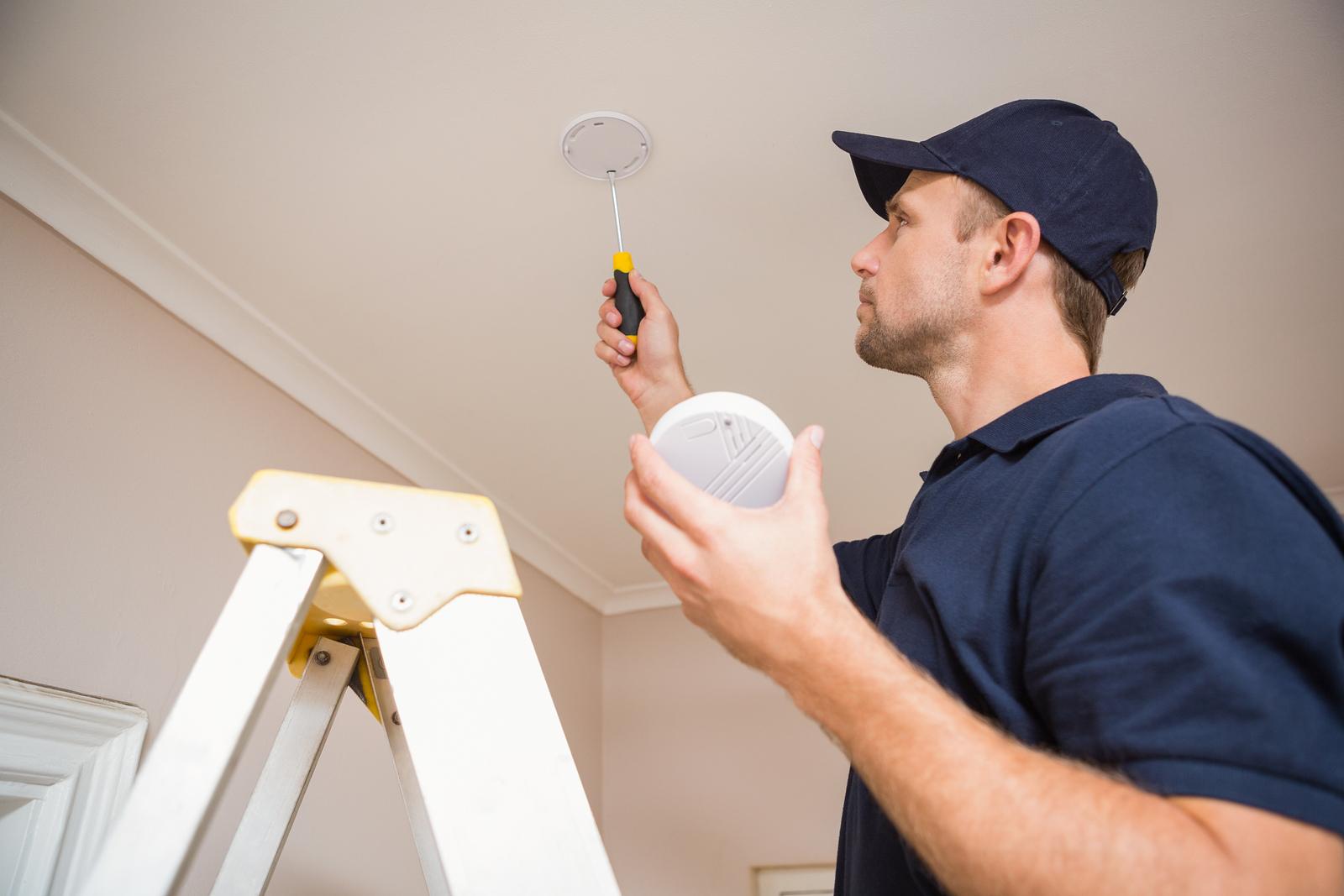

Articles
How To Install A Carbon Monoxide Detector According To California Law
Modified: February 24, 2024
Learn about the California Carbon Monoxide Detector Law and discover where to install these life-saving devices. Check out our informative articles on this important topic.
(Many of the links in this article redirect to a specific reviewed product. Your purchase of these products through affiliate links helps to generate commission for Storables.com, at no extra cost. Learn more)
Introduction
Welcome to California, where safety is a top priority. In an effort to protect residents from the dangers of carbon monoxide (CO) poisoning, the state has implemented the California Carbon Monoxide Detector Law. This law requires the installation of CO detectors in residential properties to ensure early detection and prevention of this silent killer.
Carbon monoxide is an odorless, colorless, and tasteless gas that is produced by the incomplete combustion of fuels, such as gasoline, natural gas, propane, or wood. It can be emitted by various household appliances, such as furnaces, water heaters, stoves, and ovens. When inhaled, carbon monoxide can be highly toxic and even fatal.
Recognizing the importance of carbon monoxide detection, the state of California established laws and regulations regarding the installation and placement of CO detectors in residential properties. These laws are aimed at safeguarding the well-being of residents and ensuring that homes meet the necessary safety standards.
Whether you are a homeowner, renter, or landlord, it is essential to understand the requirements of the California Carbon Monoxide Detector Law and how to properly install and maintain CO detectors in your home. By doing so, you can protect yourself and your loved ones from the harmful effects of carbon monoxide poisoning.
In this article, we will delve into the details of the California Carbon Monoxide Detector Law, including the requirements for installing CO detectors in residential properties. We will also discuss where CO detectors should be installed in different areas of the home, such as bedrooms, living rooms, kitchens, basements, and garages. Additionally, we will provide guidance on the proper placement and mounting height of CO detectors, as well as tips for maintaining and testing these life-saving devices.
So, let’s dive in and ensure that your home is equipped with the necessary precautions to detect and prevent carbon monoxide poisoning in compliance with California law.
Key Takeaways:
- Protect Your Home and Loved Ones
Understanding and adhering to the California Carbon Monoxide Detector Law is crucial for safeguarding your home. Proper installation, maintenance, and testing of CO detectors are essential for early detection and prevention of carbon monoxide leaks. - Strategic Placement for Comprehensive Protection
Installing carbon monoxide detectors in bedrooms, living rooms, kitchens, basements, and garages provides comprehensive coverage against CO leaks. Proper placement, regular testing, and compliance with local regulations are vital for creating a safer living environment.
Read more: How To Install Carbon Monoxide Detector
Understanding the California Carbon Monoxide Detector Law
The California Carbon Monoxide Detector Law, also known as Senate Bill No. 183, was enacted in 2011 to safeguard residents from the dangers of carbon monoxide poisoning. This law requires the installation of carbon monoxide detectors in all single-family homes, multi-family dwellings, and rental properties throughout the state.
Under this law, carbon monoxide detectors must meet specific requirements and be installed in designated areas of the home. They must also comply with the standards set by the California State Fire Marshal and approved certification bodies, such as Underwriters Laboratories (UL).
The law mandates that carbon monoxide detectors be installed outside each sleeping area in the immediate vicinity of bedrooms, as well as on each level of the home, including basements. Additionally, if any room in the home has a fuel-burning appliance, such as a fireplace or gas stove, a carbon monoxide detector must be installed in that room.
It is important to note that the law does not prescribe a specific type of carbon monoxide detector to be installed. However, it is highly recommended to use detectors that are certified by recognized testing laboratories and feature audible alarm systems.
If a property is being renovated or newly constructed, additional requirements may apply. The California Carbon Monoxide Detector Law mandates that carbon monoxide detectors be installed before a final building inspection is conducted, and they must be operational and in compliance with the law’s standards.
Landlords are responsible for installing and maintaining carbon monoxide detectors in rental properties. Once installed, landlords must provide tenants with written information regarding carbon monoxide detection, the law’s requirements, and instructions on what to do if the alarm sounds.
Non-compliance with the California Carbon Monoxide Detector Law can result in penalties and fines. It is crucial for homeowners, renters, and landlords to familiarize themselves with the law’s requirements and ensure proper installation and maintenance of carbon monoxide detectors.
By understanding and adhering to the California Carbon Monoxide Detector Law, we can protect ourselves and our loved ones from the dangers of carbon monoxide and create a safer living environment.
Requirements for Installing Carbon Monoxide Detectors in California
The California Carbon Monoxide Detector Law outlines specific requirements for the installation of carbon monoxide detectors in residential properties. It is essential to understand these requirements to ensure compliance and maximize the safety of your home.
One of the primary requirements of the law is that carbon monoxide detectors must be installed outside each sleeping area in the immediate vicinity of bedrooms. This ensures that occupants can be alerted to the presence of carbon monoxide during their sleeping hours, providing crucial time to evacuate safely.
In addition to being installed near sleeping areas, carbon monoxide detectors must be placed on each level of the home, including basements. This is important because carbon monoxide can accumulate at different levels and concentrations within a property.
If any room in the home contains a fuel-burning appliance, such as a gas stove or fireplace, a carbon monoxide detector must be installed in that room. This requirement ensures that areas with higher potential for carbon monoxide production are adequately monitored.
When selecting carbon monoxide detectors, it is crucial to choose models that are approved and certified by recognized testing laboratories. Look for detectors that meet the standards set by the California State Fire Marshal and are certified by organizations such as Underwriters Laboratories (UL).
It is recommended to opt for detectors that feature audible alarm systems. These alarms should be loud enough to wake occupants and alert them to the presence of carbon monoxide. Some detectors also come equipped with digital displays that indicate the level of carbon monoxide in parts per million (ppm), providing valuable information during an emergency.
Proper installation of carbon monoxide detectors is crucial to their effectiveness. Detectors should be mounted on the wall at a height of approximately 5 feet from the floor. If the detector is mounted on the ceiling, it should be placed at least 4 inches away from any corner.
It is essential to regularly test carbon monoxide detectors to ensure they are functioning correctly. Test the detectors at least once a month by pressing the test button and confirming that the alarm sounds. Additionally, replace the batteries in the detectors annually or as recommended by the manufacturer.
Lastly, if you are renovating or constructing a new property, it is necessary to install carbon monoxide detectors before the final building inspection is conducted. These detectors must be operational, comply with the law’s standards, and meet the requirements set by the California State Fire Marshal.
By understanding and adhering to the requirements outlined in the California Carbon Monoxide Detector Law, you can ensure the proper installation and functionality of carbon monoxide detectors in your home. This knowledge will help protect you and your loved ones from the dangers of carbon monoxide poisoning.
Where to Install Carbon Monoxide Detectors in Different Areas of the Home
When it comes to the installation of carbon monoxide (CO) detectors in your home, proper placement is key to effectively detect the presence of this silent and potentially deadly gas. Here are the recommended locations for installing CO detectors in different areas of your home:
- Bedrooms: It is crucial to have a carbon monoxide detector installed in each bedroom or in the immediate vicinity of sleeping areas. This ensures that if there is a CO leak while you are asleep, you will be alerted promptly, giving you and your family time to evacuate safely.
- Living Rooms: Living rooms are common areas where families spend a significant amount of time, making it important to have a CO detector installed in this space. Place the detector in a central location, preferably on a wall or at a height of approximately 5 feet from the floor.
- Kitchens: If your kitchen has a fuel-burning appliance, such as a gas stove or oven, it is essential to have a carbon monoxide detector installed nearby. Place the detector at a reasonable distance from the appliance to ensure accurate readings without interfering with the cooking process.
- Basements: Basements often house furnaces, boilers, and other fuel-burning appliances, making them prone to carbon monoxide leaks. Install a CO detector in the basement, preferably near the stairs leading to the main level of the home.
- Garages: If your garage is attached to your home or has a living space above it, it is crucial to have a carbon monoxide detector installed in this area. Vehicles, lawnmowers, or other gasoline-powered equipment stored in the garage can emit carbon monoxide, which can seep into adjacent living spaces.
When choosing the specific location for your carbon monoxide detector, consider the circulation of air within the room or area. Avoid placing detectors near windows, doors, or ventilation systems, as these may affect the accuracy of readings. Ensure that the detector is mounted on the wall at a height of approximately 5 feet from the floor, or follow the manufacturer’s instructions for optimal placement.
Remember, if you have multiple floors in your home, it is crucial to install a carbon monoxide detector on each level, including the basement. This ensures comprehensive coverage and early detection of carbon monoxide throughout your entire living space.
By strategically placing carbon monoxide detectors in different areas of your home, you can provide an extra layer of safety against the dangers of carbon monoxide poisoning. Regularly check the detectors to ensure they are functioning properly and conduct maintenance as required to keep your home and loved ones protected.
Installing Carbon Monoxide Detectors in Bedrooms
When it comes to protecting yourself and your family from the dangers of carbon monoxide (CO) poisoning, it is essential to have carbon monoxide detectors installed in the bedrooms of your home. Bedrooms are the areas where we spend a significant amount of time, especially during sleep, making them a crucial location for early detection of CO leaks. Here are some key considerations when installing carbon monoxide detectors in bedrooms:
1. Install a Detector in Each Bedroom: It is highly recommended to have a carbon monoxide detector installed in each bedroom or in the immediate vicinity of sleeping areas. This ensures that if a CO leak occurs while you are asleep, the detector will promptly alert you to the presence of the gas, providing you with precious time to evacuate safely.
2. Mount the Detector on the Wall: When installing the carbon monoxide detector in a bedroom, it is important to mount it on the wall rather than the ceiling. Mounting it at a height of approximately 5 feet from the floor is ideal. This placement allows the detector to more accurately detect any potential CO leaks that may occur at lower levels.
3. Follow Manufacturer’s Instructions: Different models of carbon monoxide detectors may have specific installation instructions provided by the manufacturer. It is crucial to carefully read and follow these instructions to ensure proper installation and optimal performance of the detector.
4. Avoid Obstructions: When choosing the location to install the CO detector, ensure that it is not obstructed by furniture, curtains, or other objects that could hinder its ability to detect carbon monoxide. Keep the immediate area around the detector clear to facilitate proper airflow and accurate readings.
5. Conduct Regular Testing and Maintenance: Once the carbon monoxide detectors are installed in the bedrooms, it is important to regularly test them to ensure they are functioning correctly. Check the detectors at least once a month by pressing the test button and ensuring that the alarm sounds. Additionally, replace batteries in the detectors as needed, typically annually or as recommended by the manufacturer.
6. Consider Combination Smoke and Carbon Monoxide Detectors: To further enhance the safety of your bedrooms, consider installing combination smoke and carbon monoxide detectors. These dual-function detectors provide both fire and carbon monoxide detection capabilities in a single unit, reducing the number of devices needed while ensuring comprehensive protection.
By following these guidelines, you can ensure the proper installation of carbon monoxide detectors in your bedrooms, providing you and your family with an early warning system in the event of a CO leak. Remember, carbon monoxide is a silent and odorless gas, making the early detection and prevention of poisoning crucial for the safety and well-being of everyone in your home.
Installing Carbon Monoxide Detectors in Living Rooms
When it comes to protecting your family from the dangers of carbon monoxide (CO) poisoning, it is crucial to have carbon monoxide detectors installed in the living areas of your home. The living room is often a central gathering space where family members and guests spend a significant amount of time. Installing carbon monoxide detectors in this area helps ensure early detection of CO leaks. Here are some important considerations when installing carbon monoxide detectors in living rooms:
1. Central Location: Choose a central location in the living room to install the carbon monoxide detector. Ideally, it should be placed on a wall at a height of about 5 feet from the floor. This placement allows for optimal detection of carbon monoxide, as the gas will tend to rise to higher levels in a room.
2. Avoid Obstructions: Ensure that the detector is not obstructed by furniture, curtains, or other objects that could hinder its ability to detect carbon monoxide. Keep the immediate area around the detector clear to ensure proper airflow and accurate readings.
3. Follow Manufacturer’s Instructions: Different models of carbon monoxide detectors may have specific installation instructions provided by the manufacturer. It is essential to carefully read and follow these instructions to ensure proper installation and optimal performance of the detector.
4. Consider Combination Smoke and Carbon Monoxide Detectors: To enhance safety in the living room, consider installing combination smoke and carbon monoxide detectors. These devices offer both fire and carbon monoxide detection capabilities in a single unit, reducing the number of devices needed while ensuring comprehensive protection.
5. Test and Maintain Regularly: After installing the carbon monoxide detectors, it is crucial to regularly test them to ensure they are functioning correctly. Press the test button on the detector at least once a month to verify that the alarm sounds. Additionally, replace the batteries in the detectors annually or as recommended by the manufacturer.
6. Comply with Local Regulations: Be sure to comply with any local regulations or building codes regarding the placement and installation of carbon monoxide detectors. Familiarize yourself with any additional requirements specific to your area to ensure that your living room is in full compliance with safety standards.
By following these guidelines, you can ensure the proper installation of carbon monoxide detectors in your living room, providing an extra layer of protection against the dangers of carbon monoxide poisoning. Remember, carbon monoxide is a silent and odorless gas, making early detection crucial for the safety and well-being of everyone in your home.
Install carbon monoxide detectors on every level of your home, including the basement. Place them near sleeping areas and at least 15 feet away from fuel-burning appliances.
Installing Carbon Monoxide Detectors in Kitchens
When it comes to protecting your household from the dangers of carbon monoxide (CO) poisoning, installing carbon monoxide detectors in the kitchen is of utmost importance. The kitchen is a common area where fuel-burning appliances, such as gas stoves and ovens, are frequently used, making it a potential source of carbon monoxide leaks. Here are some key considerations when installing carbon monoxide detectors in kitchens:
1. Close Proximity to Appliances: It is essential to install a carbon monoxide detector in close proximity to the fuel-burning appliances in your kitchen. Place the detector at a reasonable distance from the appliance to ensure accurate readings without interfering with the cooking process.
2. Mounting Location: Mount the carbon monoxide detector on a wall in the kitchen. Avoid placing it near windows, doors, or ventilation systems, as these areas may affect the accuracy of the detector. Mount the detector at a height of approximately 5 feet from the floor, or follow the manufacturer’s instructions for optimal placement.
3. Avoid Placement near the Stove: While it is important to have the carbon monoxide detector near the kitchen appliances, it’s advisable not to place it directly above or too close to the stove. Heat and cooking fumes can affect the performance of the detector. Instead, choose a position that provides accurate detection without obstruction.
4. Follow Manufacturer’s Instructions: Each carbon monoxide detector model may have specific installation instructions provided by the manufacturer. It is crucial to read and follow these instructions carefully to ensure proper installation and optimal performance of the detector.
5. Consider Combination Smoke and Carbon Monoxide Detectors: In the kitchen, it is also recommended to consider installing combination smoke and carbon monoxide detectors. These dual-function detectors provide both fire detection and carbon monoxide detection capabilities in a single unit, reducing the number of devices needed while ensuring comprehensive protection.
6. Regular Testing and Maintenance: Once the carbon monoxide detector is installed in the kitchen, it is essential to routinely test it to ensure it is functioning correctly. Press the test button on the detector at least once a month to verify that the alarm sounds. Additionally, replace batteries in the detectors annually or as recommended by the manufacturer.
7. Comply with Local Regulations: Be sure to comply with any local regulations or building codes regarding the placement and installation of carbon monoxide detectors in the kitchen. Familiarize yourself with any additional requirements specific to your area to ensure that your kitchen is in full compliance with safety standards.
By following these guidelines, you can ensure the proper installation of carbon monoxide detectors in your kitchen, providing an added layer of protection against the dangers of carbon monoxide poisoning. Remember, carbon monoxide is a silent and odorless gas, making early detection crucial for the safety and well-being of everyone in your home.
Installing Carbon Monoxide Detectors in Basements
When it comes to protecting your home and family from the dangers of carbon monoxide (CO) poisoning, it is important to install carbon monoxide detectors in your basement. Basements often house fuel-burning appliances, such as furnaces and boilers, which can be potential sources of carbon monoxide leaks. Here are some key considerations when installing carbon monoxide detectors in basements:
1. Placement near Appliances: Install a carbon monoxide detector in close proximity to fuel-burning appliances in your basement. Place the detector in an area where it can effectively detect any potential carbon monoxide leaks. If you have multiple fuel-burning appliances in the basement, consider installing multiple detectors to ensure comprehensive coverage.
2. Mounting Location: Mount the carbon monoxide detector on a wall in the basement. Ensure that the detector is not obstructed by furniture or other objects that may interfere with its ability to detect carbon monoxide. Mount the detector at a height of approximately 5 feet from the floor, or follow the manufacturer’s instructions for optimal placement.
3. Follow Manufacturer’s Instructions: Different models of carbon monoxide detectors may have specific installation instructions provided by the manufacturer. It is important to read and follow these instructions carefully to ensure proper installation and optimal performance of the detector.
4. Consider Additional Areas: In addition to the immediate vicinity of fuel-burning appliances, it may be beneficial to install carbon monoxide detectors in other areas of the basement. Consider placing detectors near stairs that lead to the main level or in open areas where carbon monoxide can potentially accumulate.
5. Combination Smoke and Carbon Monoxide Detectors: Consider installing combination smoke and carbon monoxide detectors in the basement for enhanced safety. These detectors offer both fire detection and carbon monoxide detection capabilities in a single unit, providing comprehensive protection against multiple hazards.
6. Regular Testing and Maintenance: Once the carbon monoxide detectors are installed in the basement, it is important to regularly test them to ensure they are functioning correctly. Press the test button on the detector at least once a month to verify that the alarm sounds. Additionally, replace batteries in the detectors annually or as recommended by the manufacturer.
7. Comply with Local Regulations: Be sure to comply with any local regulations or building codes regarding the placement and installation of carbon monoxide detectors in basements. Familiarize yourself with any additional requirements specific to your area to ensure that your basement is in full compliance with safety standards.
By following these guidelines, you can ensure the proper installation of carbon monoxide detectors in your basement, providing an extra layer of protection against the dangers of carbon monoxide poisoning. Remember, carbon monoxide is a silent and odorless gas, making early detection crucial for the safety and well-being of everyone in your home.
Installing Carbon Monoxide Detectors in Garages
When it comes to ensuring the safety of your home and family, it is important to install carbon monoxide (CO) detectors in your garage. Garages can be a potential source of carbon monoxide leaks due to the presence of vehicles, lawnmowers, or other gasoline-powered equipment. Here are some key considerations when installing carbon monoxide detectors in garages:
1. Attached Garages: If your garage is attached to your home, it is crucial to install a carbon monoxide detector inside the garage. Carbon monoxide can seep into adjacent living spaces, posing a serious health hazard. Installing a detector in the garage serves as an early warning system to protect against potential leaks.
2. Separate Garages: Even if your garage is separate from your home, it is still essential to have a carbon monoxide detector installed. Carbon monoxide leaks may occur from vehicles or equipment stored in the garage, and the gas can still pose a risk to anyone entering the space. A detector in the garage will provide an early warning in case of elevated carbon monoxide levels.
3. Placement near Vehicles or Equipment: Install the carbon monoxide detector in close proximity to vehicles or equipment that emit carbon monoxide in the garage. Place the detector at a reasonable distance from these sources to ensure accurate detection without interference from exhaust fumes or other factors.
4. Mounting Location: Mount the carbon monoxide detector on a wall in the garage. Avoid placing it near windows or ventilation systems, as these areas may affect the accuracy of the detector. Mount the detector at a height of approximately 5 feet from the floor, or follow the manufacturer’s instructions for optimal placement.
5. Follow Manufacturer’s Instructions: Each carbon monoxide detector model may have specific installation instructions provided by the manufacturer. It is essential to read and follow these instructions carefully to ensure proper installation and optimal performance of the detector.
6. Regular Testing and Maintenance: Once the carbon monoxide detectors are installed in the garage, it is important to regularly test them to ensure they are functioning correctly. Press the test button on the detector at least once a month to verify that the alarm sounds. Additionally, replace batteries in the detectors annually or as recommended by the manufacturer.
7. Comply with Local Regulations: Be sure to comply with any local regulations or building codes regarding the placement and installation of carbon monoxide detectors in garages. Familiarize yourself with any additional requirements specific to your area to ensure that your garage is in full compliance with safety standards.
By following these guidelines, you can ensure the proper installation of carbon monoxide detectors in your garage, providing an extra layer of protection against the dangers of carbon monoxide poisoning. Remember, carbon monoxide is a silent and odorless gas, making early detection crucial for the safety and well-being of everyone in your home.
Read more: How To Replace A Carbon Monoxide Detector
Proper Placement and Mounting Height for Carbon Monoxide Detectors
Proper placement and mounting height are important factors in ensuring the effectiveness of carbon monoxide (CO) detectors. Placing the detectors in the right locations and at the correct height allows for early detection of carbon monoxide and provides adequate time to evacuate and seek help. Here are some guidelines for proper placement and mounting height for carbon monoxide detectors:
1. Install on Every Level of the Home: It is crucial to have at least one carbon monoxide detector on every level of your home, including the basement. Carbon monoxide can accumulate at different levels within a property, and having detectors on each level ensures comprehensive coverage.
2. Install Near Sleeping Areas: To provide early warning in case of a CO leak while you are asleep, install a carbon monoxide detector outside each sleeping area or in the immediate vicinity of bedrooms. This ensures that potential CO exposure is detected quickly and gives you and your family time to evacuate safely.
3. Mount on the Wall: When installing a carbon monoxide detector, it is generally recommended to mount it on the wall rather than on the ceiling. Mounting it at a height of approximately 5 feet from the floor allows for accurate readings. If you choose to mount it on the ceiling, ensure a minimum of 4 inches of clearance from any corner for proper airflow.
4. Avoid Obstructions: Place the carbon monoxide detector in a location that is free from obstructions, such as furniture, curtains, or other objects that could obstruct airflow and hinder the detector’s ability to detect carbon monoxide accurately.
5. Consider Multiple Detectors: If your home has a large floor area or multiple sleeping areas, consider installing multiple carbon monoxide detectors to ensure all areas are covered. This is particularly important if there are separate wings or areas of the home with different fuel-burning appliances.
6. Follow Manufacturer’s Instructions: Each carbon monoxide detector model may have specific installation instructions provided by the manufacturer. It is important to read and follow these instructions carefully to ensure proper mounting and optimal performance of the detector.
7. Comply with Local Regulations: Be sure to comply with any local regulations or building codes regarding the placement and installation of carbon monoxide detectors. Familiarize yourself with any additional requirements specific to your area to ensure that your detectors are in full compliance with safety standards.
8. Test and Maintain Regularly: Once the carbon monoxide detectors are installed, it is crucial to regularly test them to ensure they are functioning correctly. Press the test button on the detector at least once a month to verify that the alarm sounds. Additionally, replace batteries in the detectors annually or as recommended by the manufacturer.
By following these guidelines for proper placement and mounting height, you can ensure that your carbon monoxide detectors are optimally positioned to detect any potential leaks. This will provide you and your family with the best possible protection against the dangers of carbon monoxide poisoning throughout your home.
Maintaining and Testing Carbon Monoxide Detectors
Maintaining and regularly testing your carbon monoxide (CO) detectors is crucial to ensure they are functioning correctly and providing the necessary protection against CO leaks. Here are some important guidelines for maintaining and testing carbon monoxide detectors:
1. Read the Manufacturer’s Instructions: Each carbon monoxide detector may have specific maintenance requirements outlined by the manufacturer. It is important to read and familiarize yourself with the instructions provided to ensure proper maintenance procedures.
2. Regularly Test the Detectors: Testing your carbon monoxide detectors on a regular basis is essential to ensure they are functioning properly. Most detectors have a test button which, when pressed, triggers the alarm to sound. Test the detectors at least once a month to verify that the alarm is loud and clear.
3. Check the Battery Life: Carbon monoxide detectors are typically battery-operated, so it is essential to check and replace the batteries on a regular basis. Follow the manufacturer’s recommendations for battery replacement, which is typically recommended annually or as specified by the manufacturer.
4. Replace Expired Detectors: Carbon monoxide detectors have an expiration date, typically indicated on the back of the device. It is important to replace detectors that have reached their expiration date, as they may no longer provide accurate readings and reliable protection. Refer to the manufacturer’s guidelines for the recommended lifespan of your specific detector model.
5. Keep Detectors Clean: Dust and debris can accumulate on the sensors of carbon monoxide detectors, affecting their performance. Regularly clean the detectors by gently vacuuming or using a soft brush to remove any dust or debris that may have settled on the device. Avoid using any harsh cleaning chemicals, as they may damage the detector.
6. Conduct Professional Maintenance: It is recommended to have your carbon monoxide detectors professionally inspected and maintained on a regular basis. Professional technicians can check for any issues, ensure optimal performance, and provide necessary repairs or replacements if needed.
7. Respond Promptly to Alarms: If a carbon monoxide alarm sounds, take immediate action. Follow your safety plan and evacuate the premises, ensuring that everyone is safe. Contact emergency services and do not re-enter the property until it has been confirmed safe by professionals.
8. Educate Household Members: Educate all members of your household about carbon monoxide safety. Ensure they know the audible signals an alarm makes and understand the importance of responding promptly. Additionally, provide them with information on the potential sources of carbon monoxide and how to prevent its build-up.
By following these guidelines, you can maintain and regularly test your carbon monoxide detectors to ensure they are functioning optimally. Remember, carbon monoxide is a silent and odorless gas, so a properly maintained and functional detector is essential for the safety and well-being of everyone in your home.
Conclusion
Carbon monoxide (CO) is a silent and potentially deadly gas that can be emitted by various household appliances. Protecting yourself and your loved ones from the dangers of carbon monoxide poisoning should be a top priority. By understanding and adhering to the California Carbon Monoxide Detector Law, as well as following proper installation guidelines, you can significantly reduce the risks associated with carbon monoxide exposure.
The California Carbon Monoxide Detector Law mandates the installation of CO detectors in residential properties, ensuring early detection and prevention of carbon monoxide leaks. It is crucial to comply with the law’s requirements, which include installing detectors outside each sleeping area, on each level of the home, near fuel-burning appliances, and in basements and garages as necessary.
Knowing where to install carbon monoxide detectors in different areas of your home is vital for optimal protection. Bedrooms, living rooms, kitchens, basements, and garages all require the presence of CO detectors to ensure comprehensive coverage. Proper placement, avoiding obstructions, and following manufacturer’s instructions are key factors in effective installation.
Maintaining and testing carbon monoxide detectors is equally important. Regularly testing the detectors, replacing batteries, cleaning the devices, and conducting professional maintenance are all essential to ensure the detectors are functioning correctly and providing reliable protection against carbon monoxide leaks.
By diligently following these guidelines, you can create a safer living environment and minimize the risks associated with carbon monoxide poisoning. Remember, prevention is always better than cure when it comes to protecting yourself and your family. Stay informed, take action, and prioritize safety to safeguard your home from the dangers of carbon monoxide.
Frequently Asked Questions about How To Install A Carbon Monoxide Detector According To California Law
Was this page helpful?
At Storables.com, we guarantee accurate and reliable information. Our content, validated by Expert Board Contributors, is crafted following stringent Editorial Policies. We're committed to providing you with well-researched, expert-backed insights for all your informational needs.
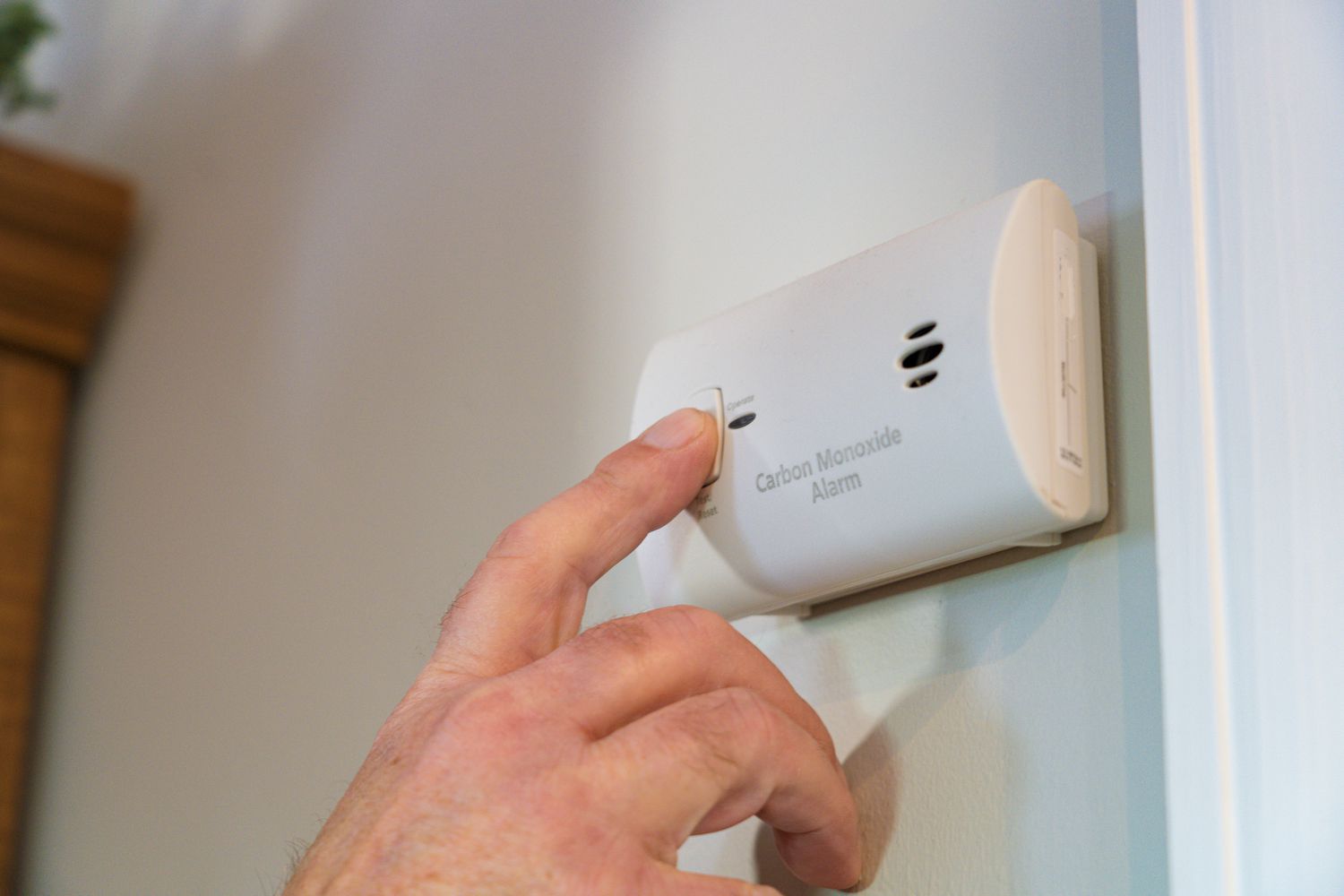
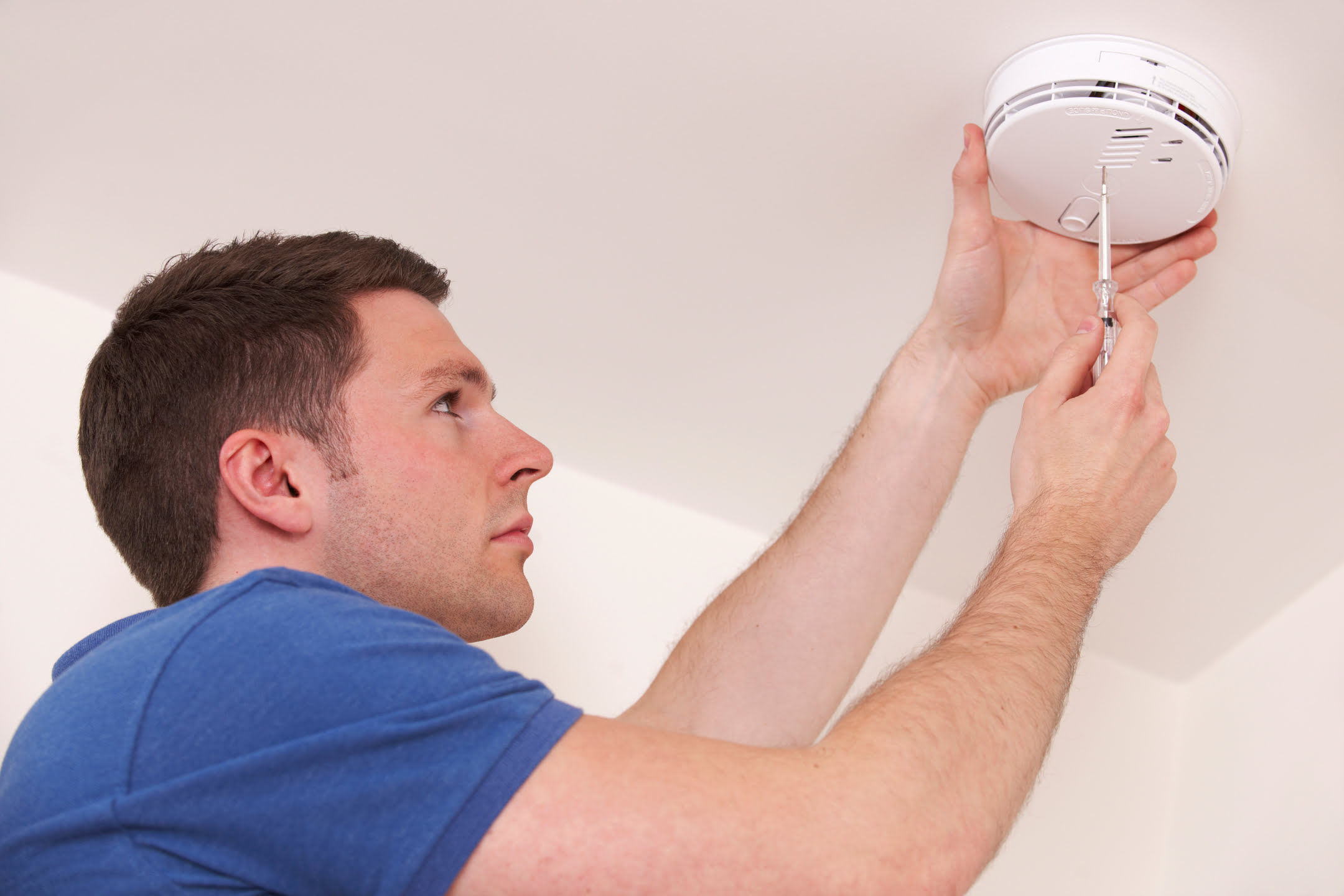
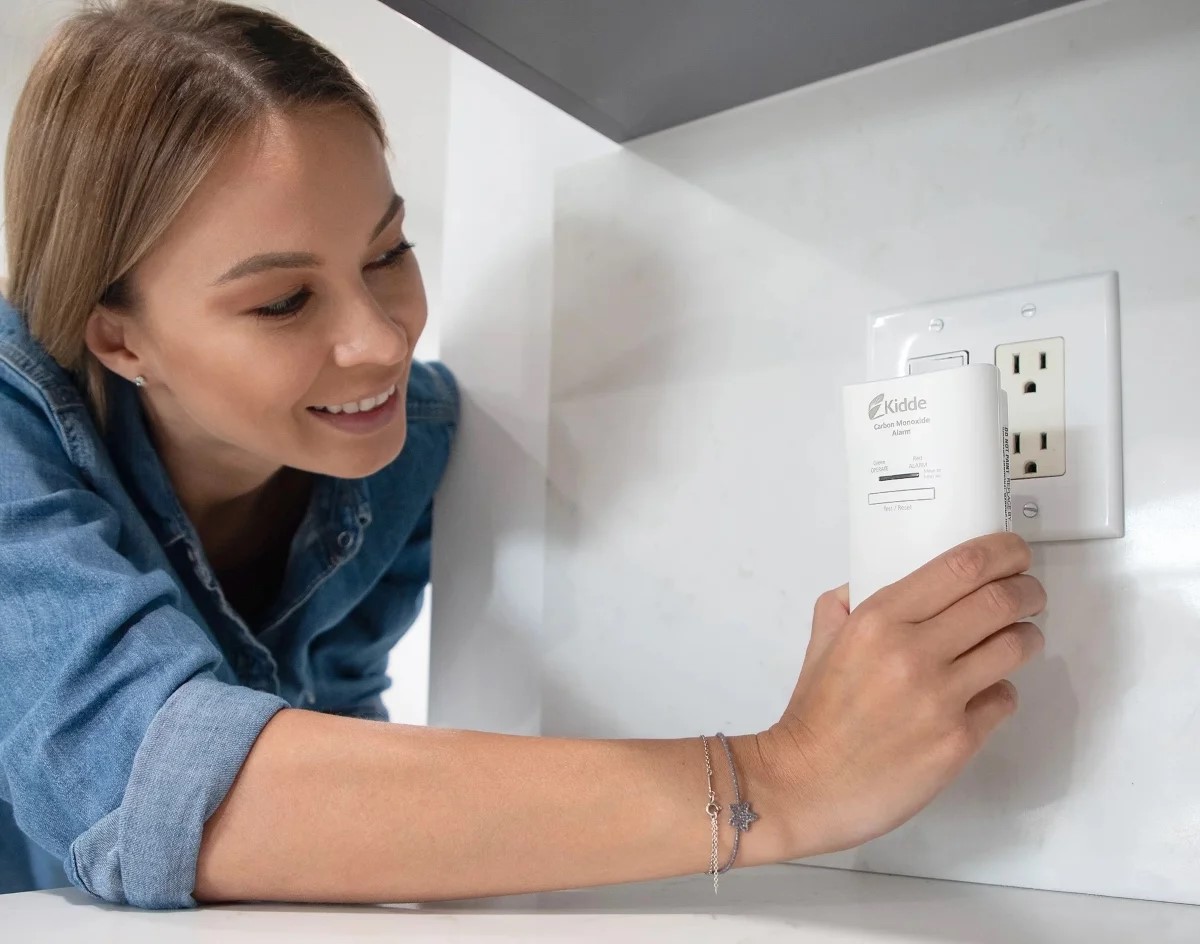
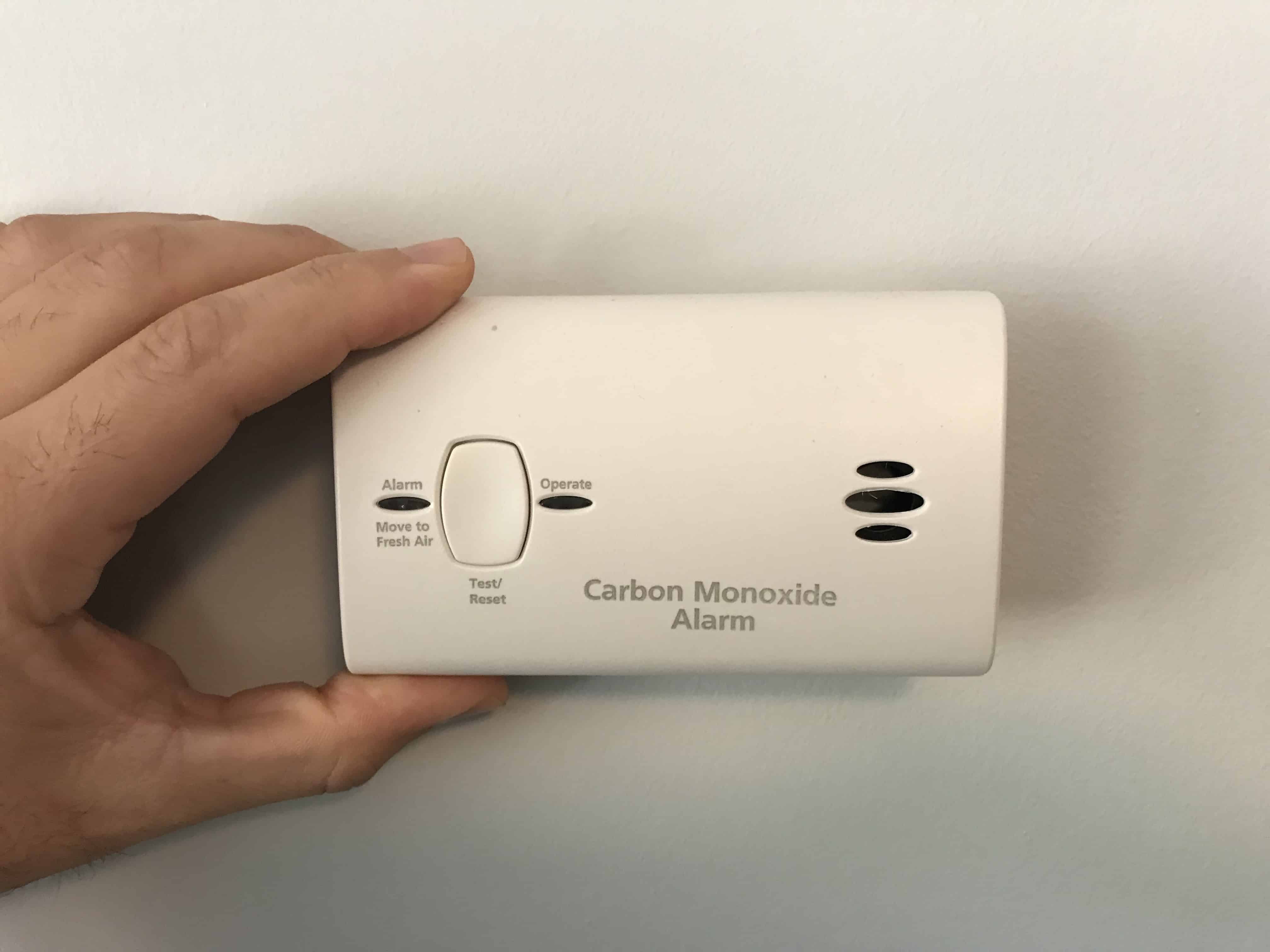
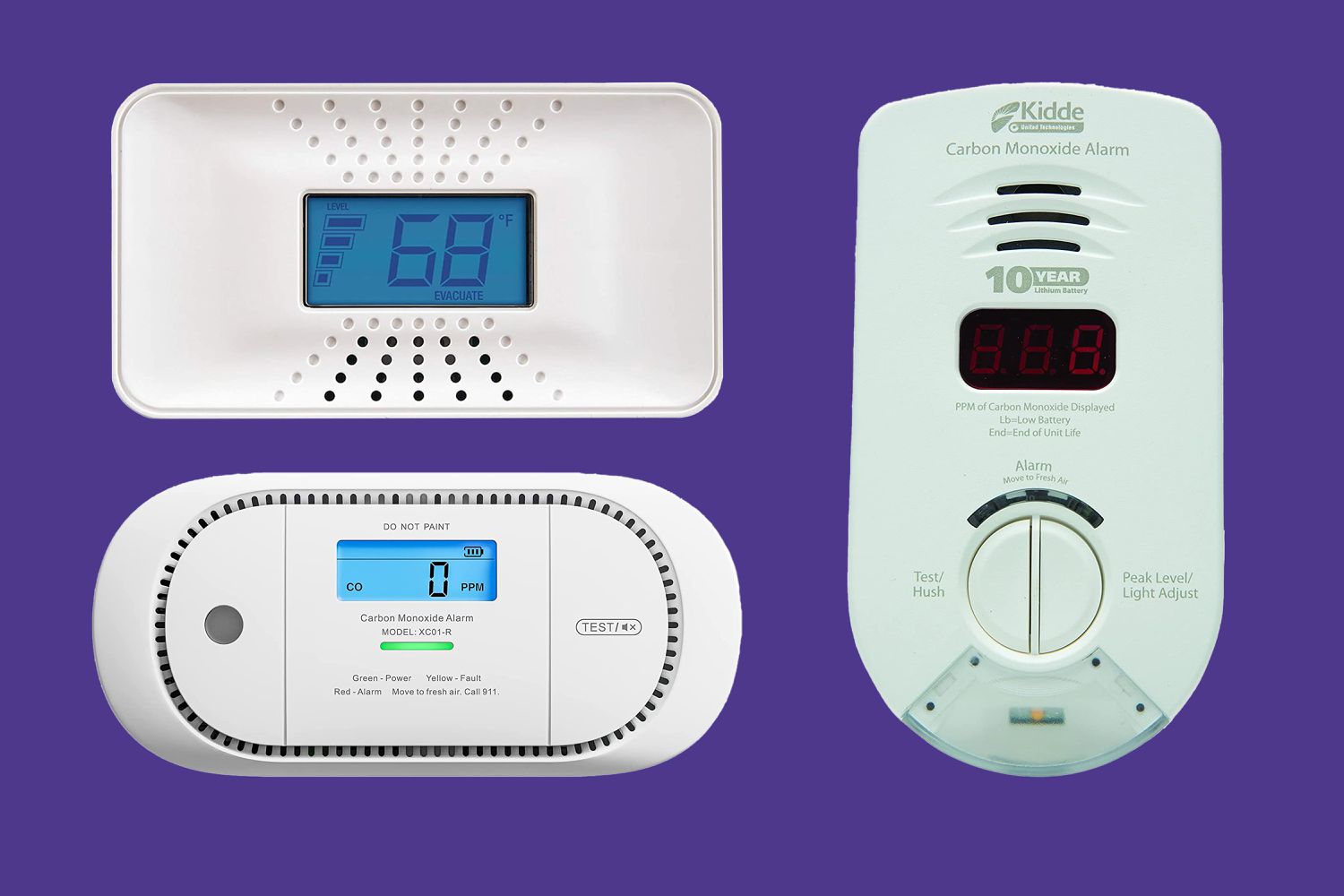
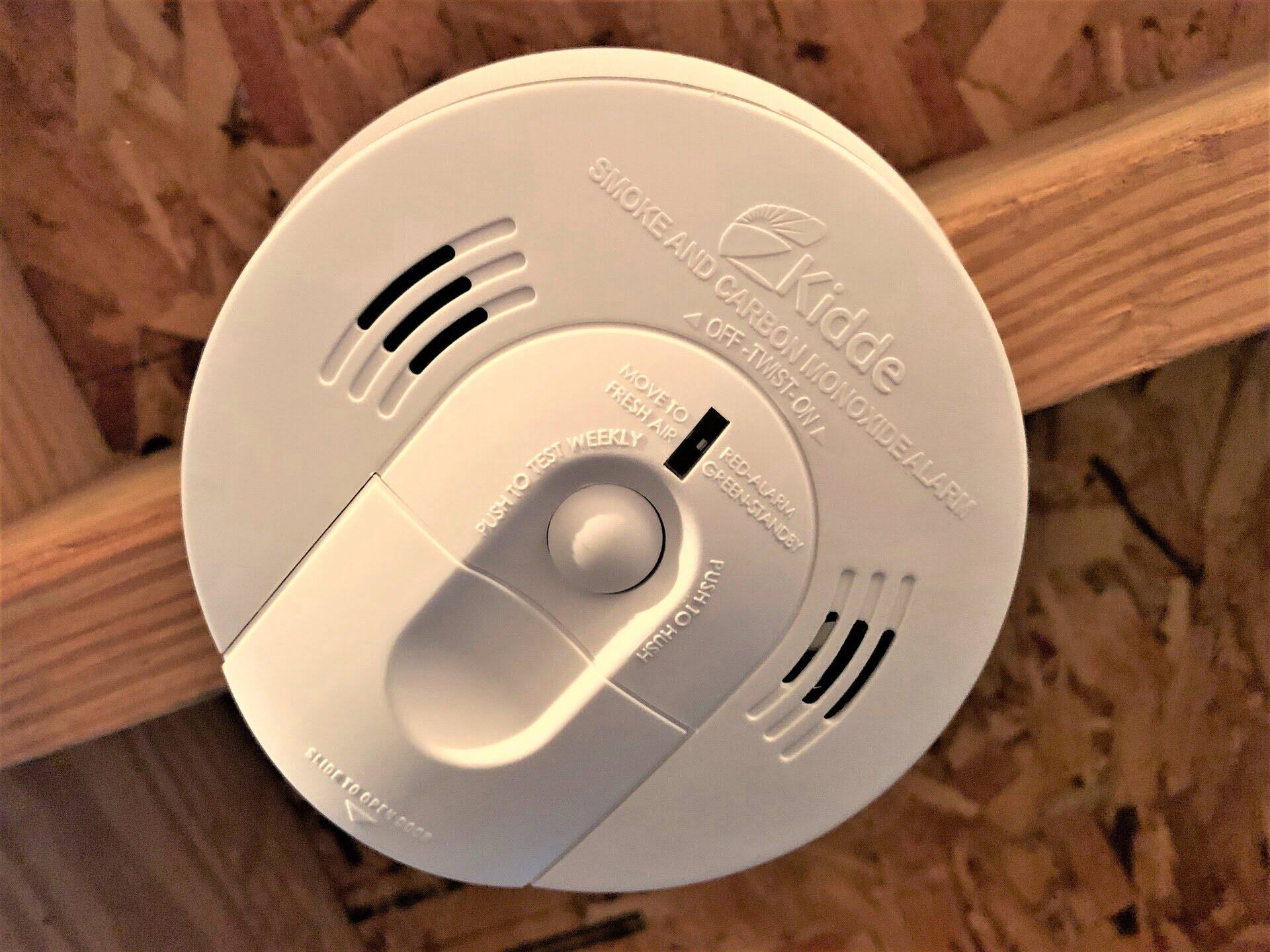
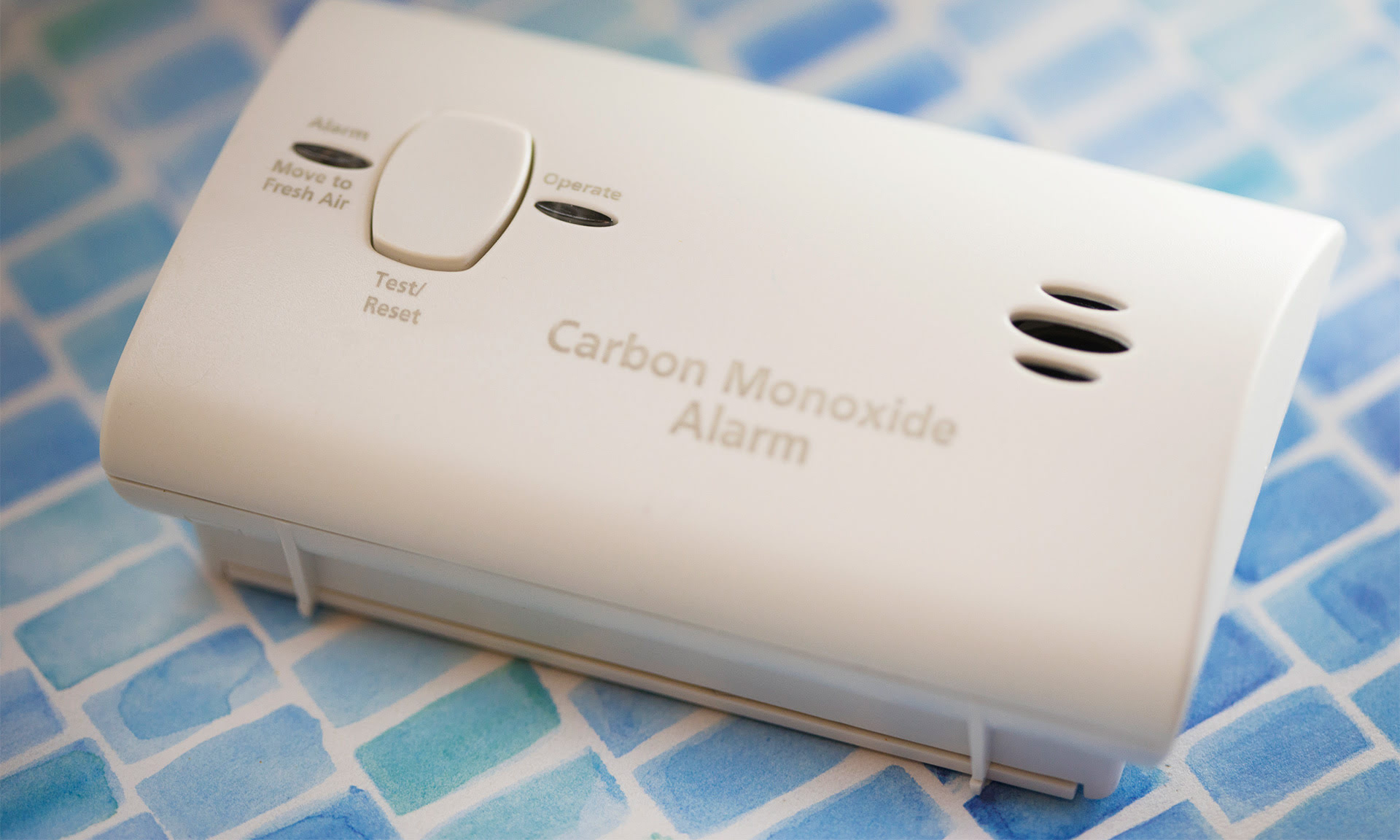
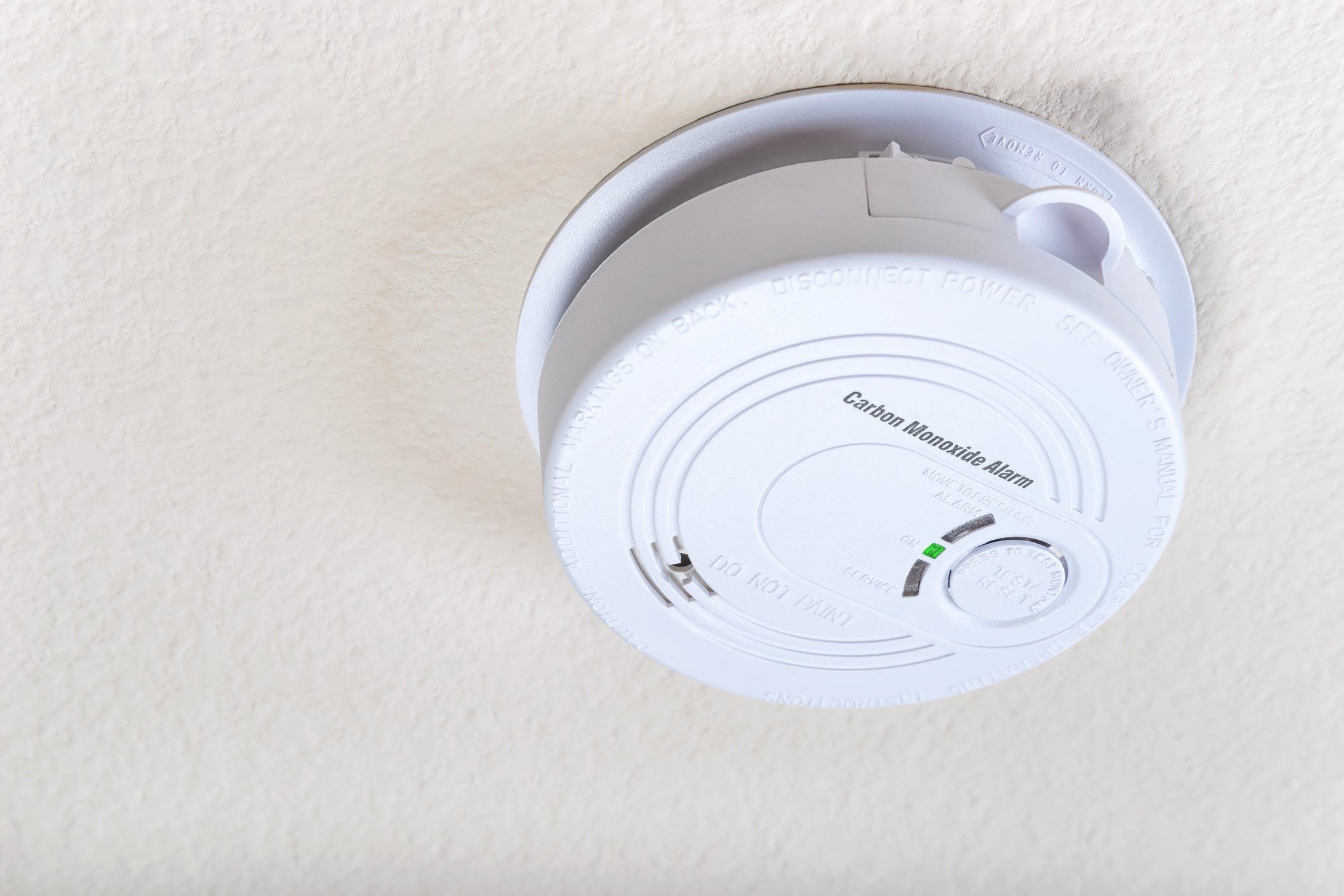
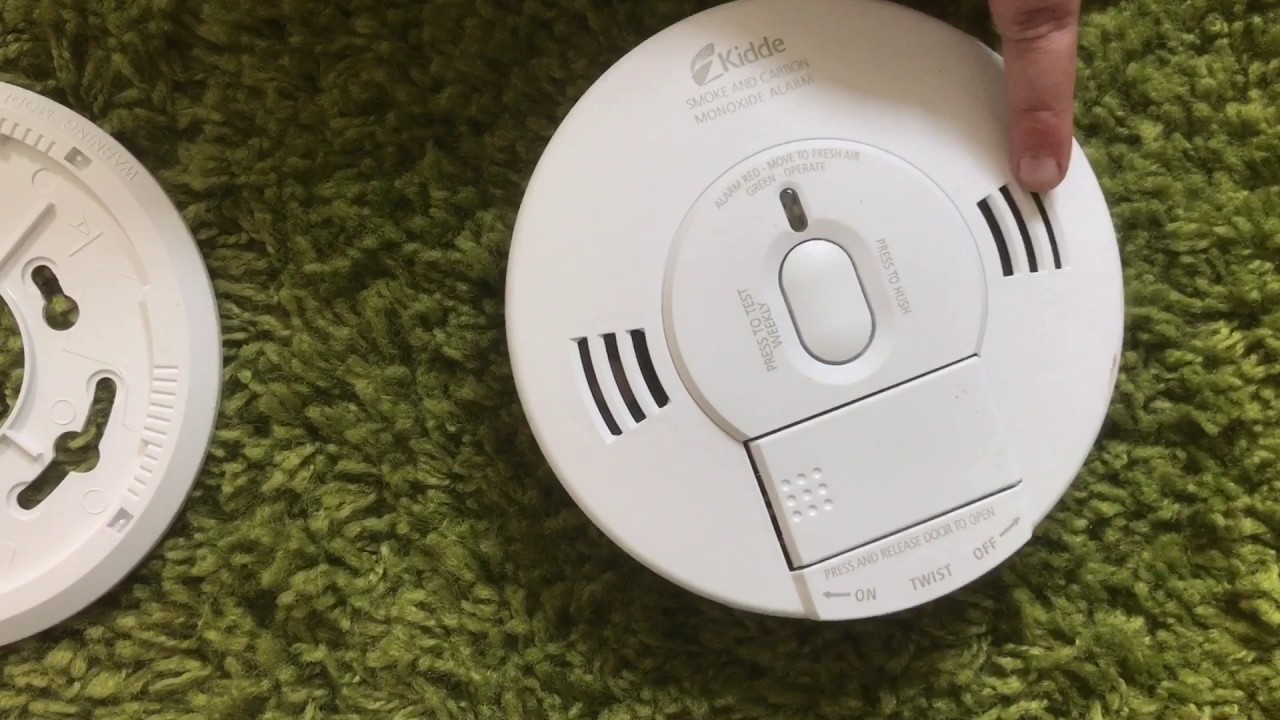
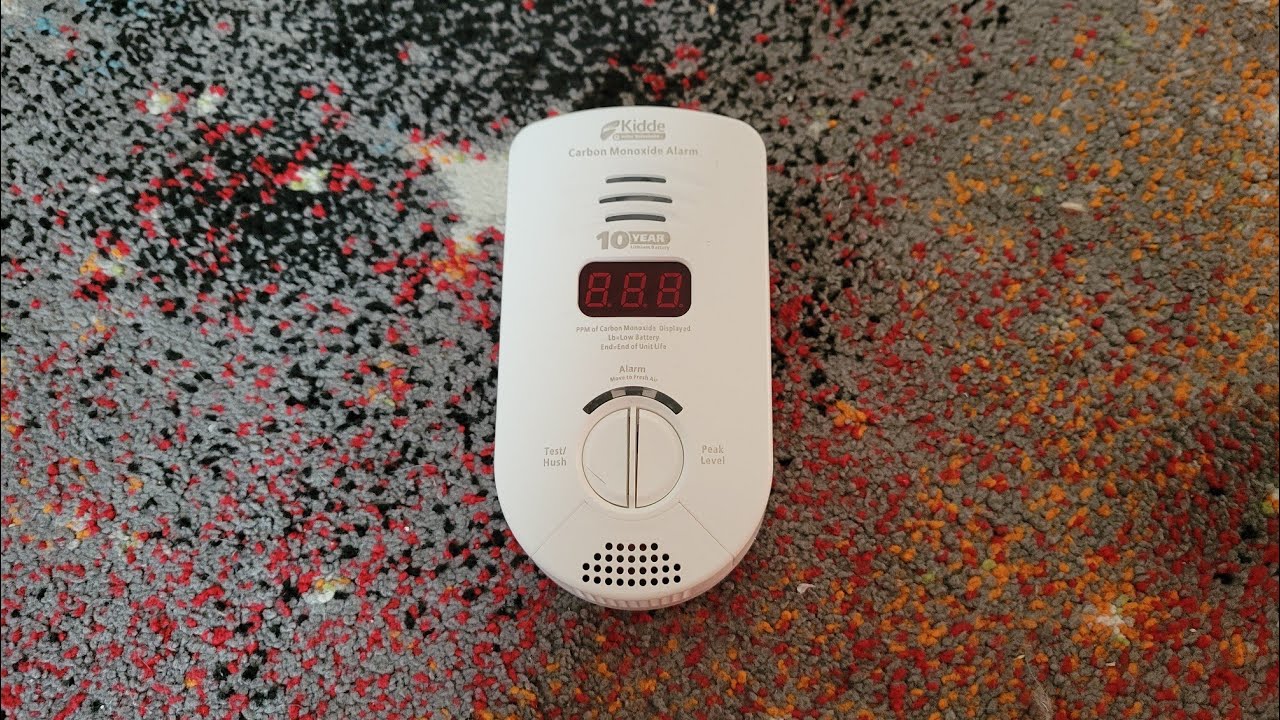
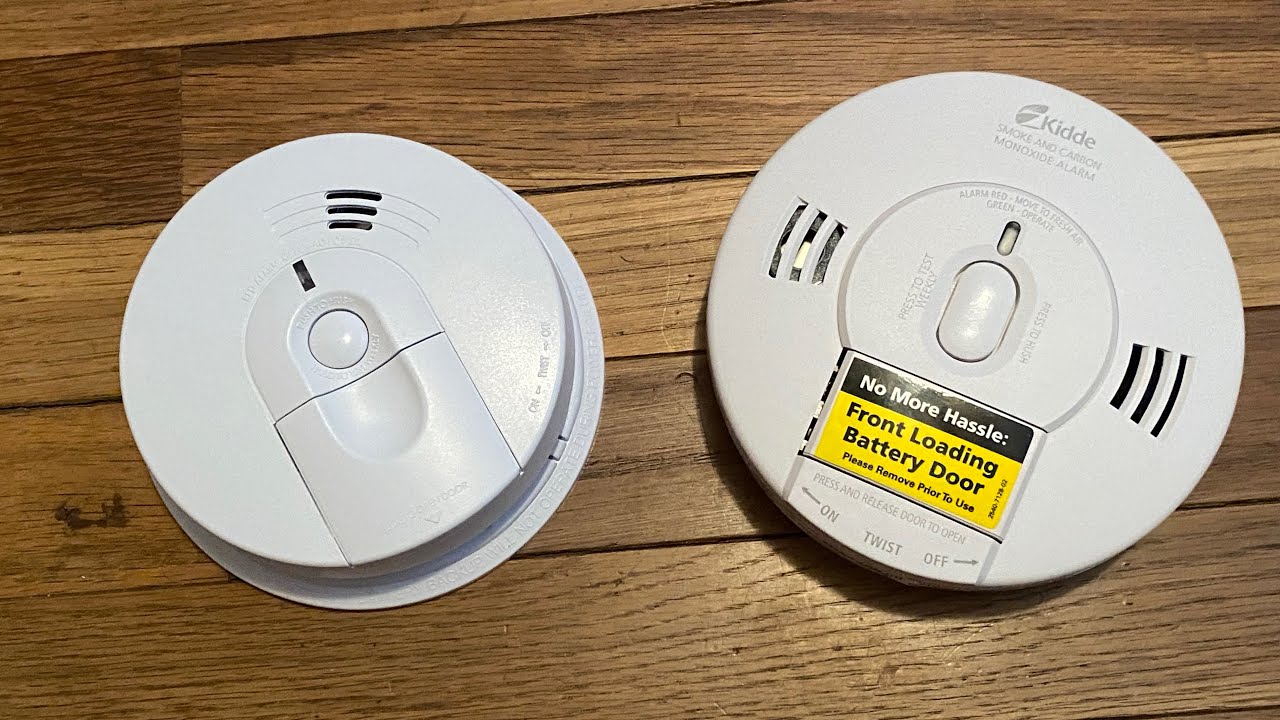
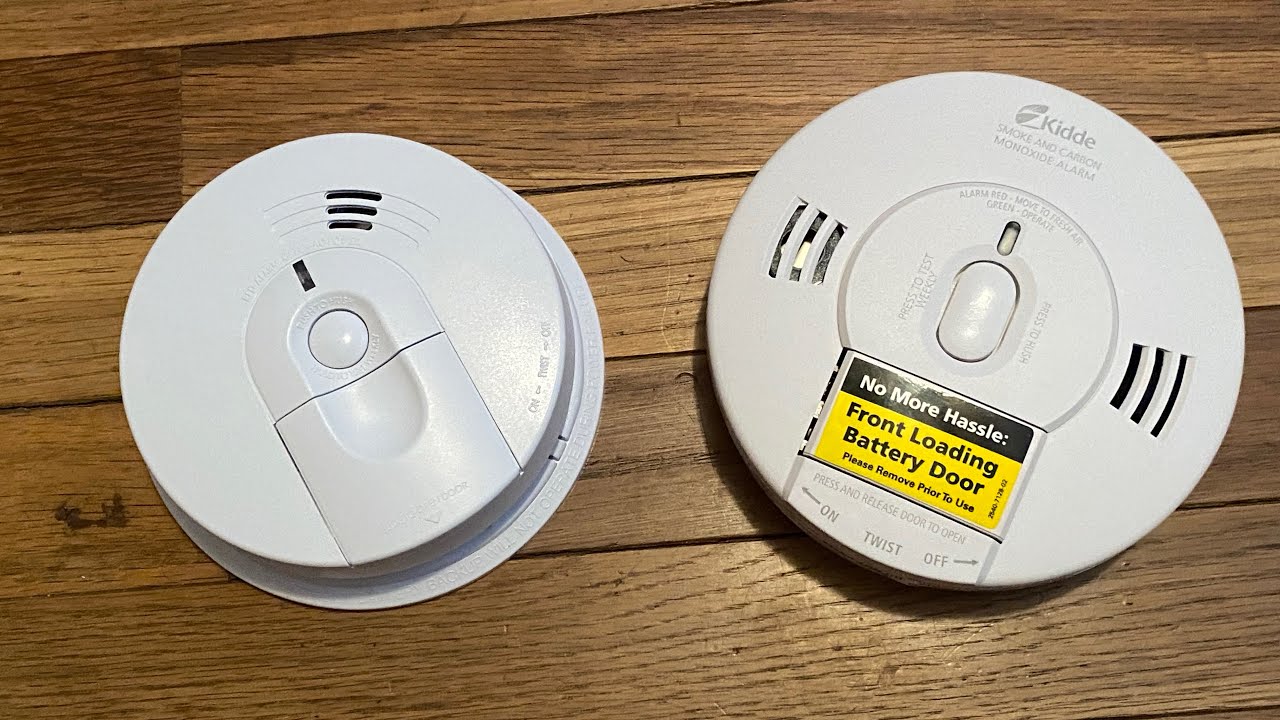
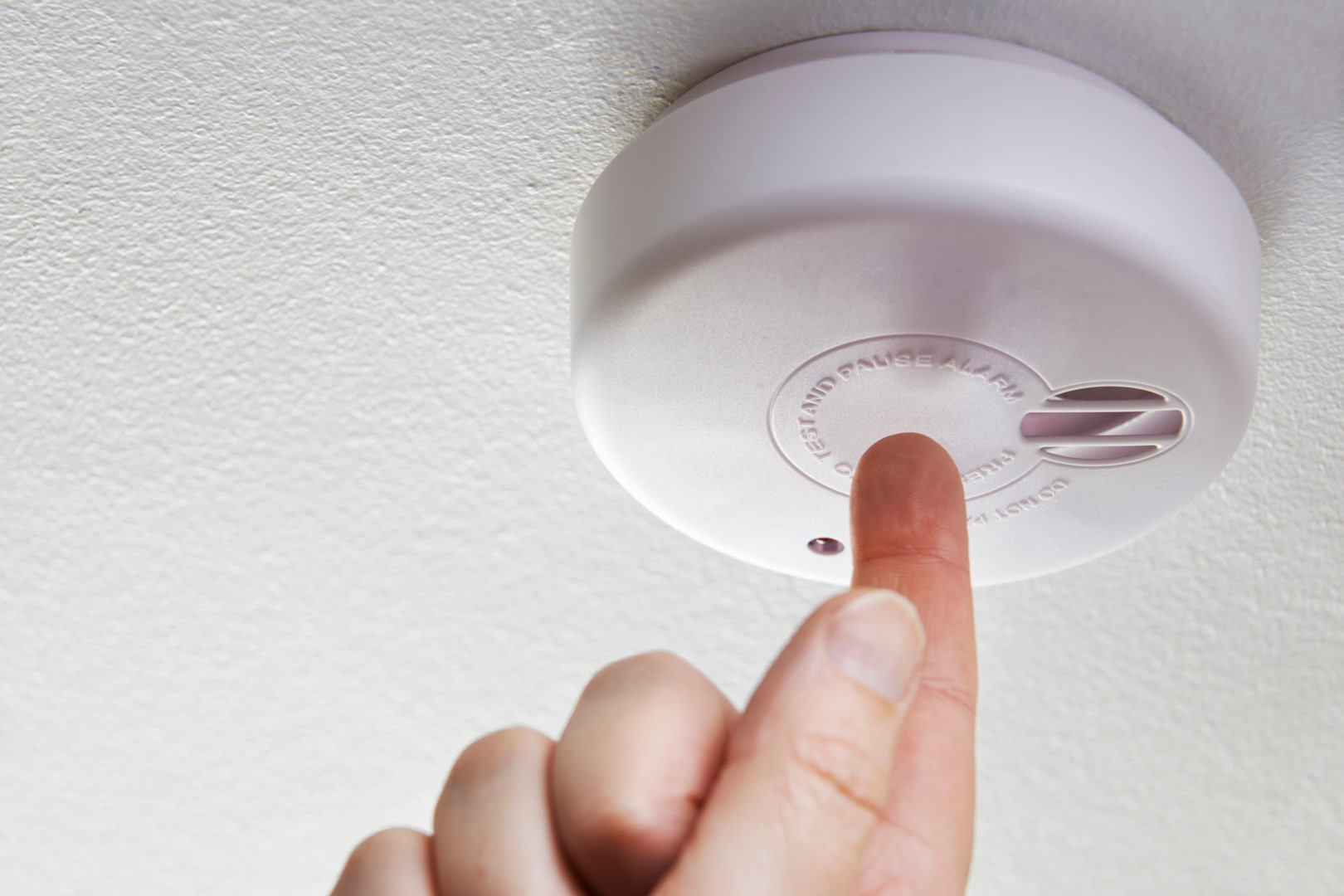

0 thoughts on “How To Install A Carbon Monoxide Detector According To California Law”